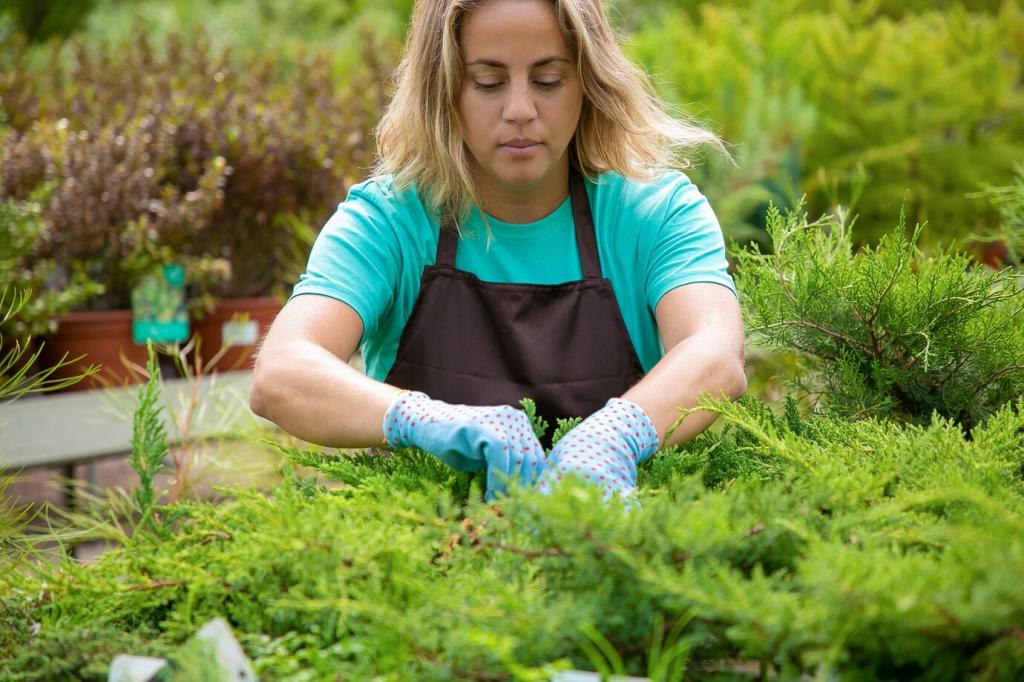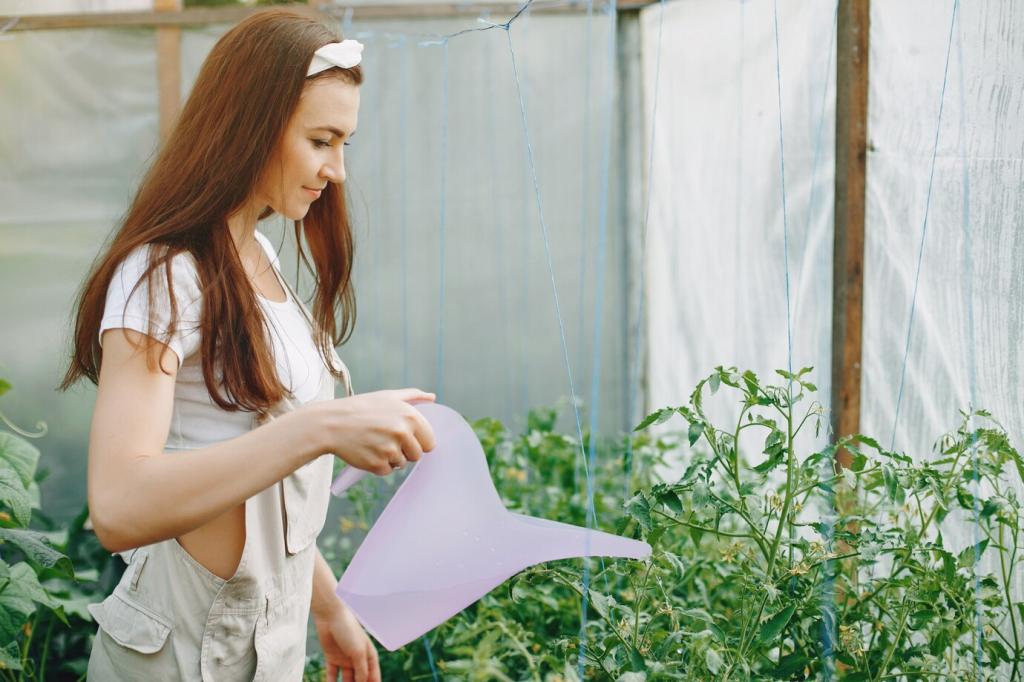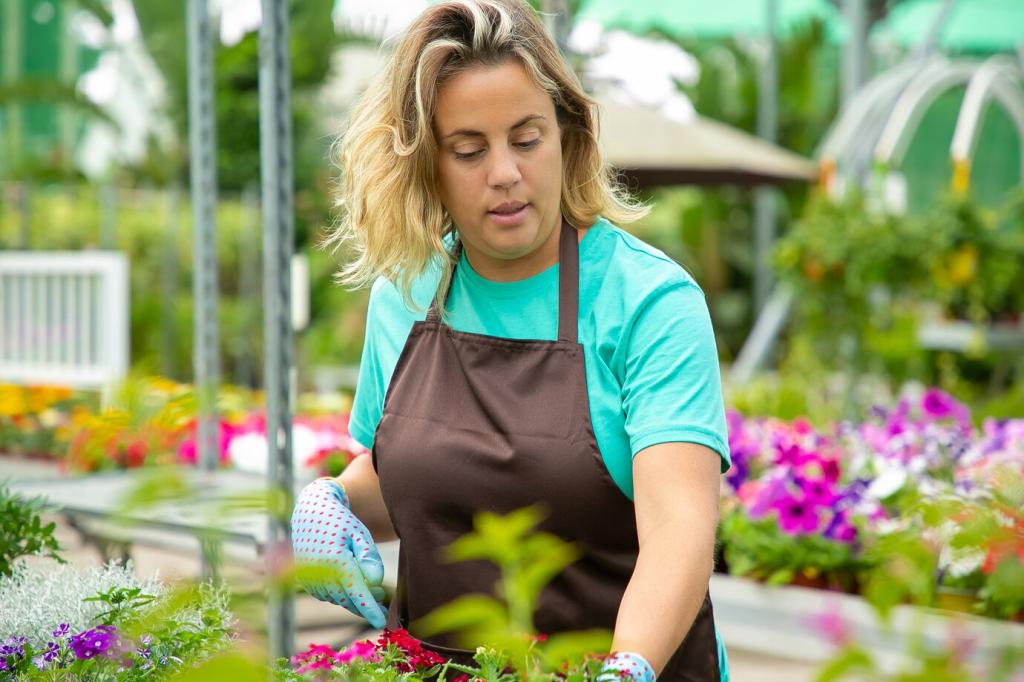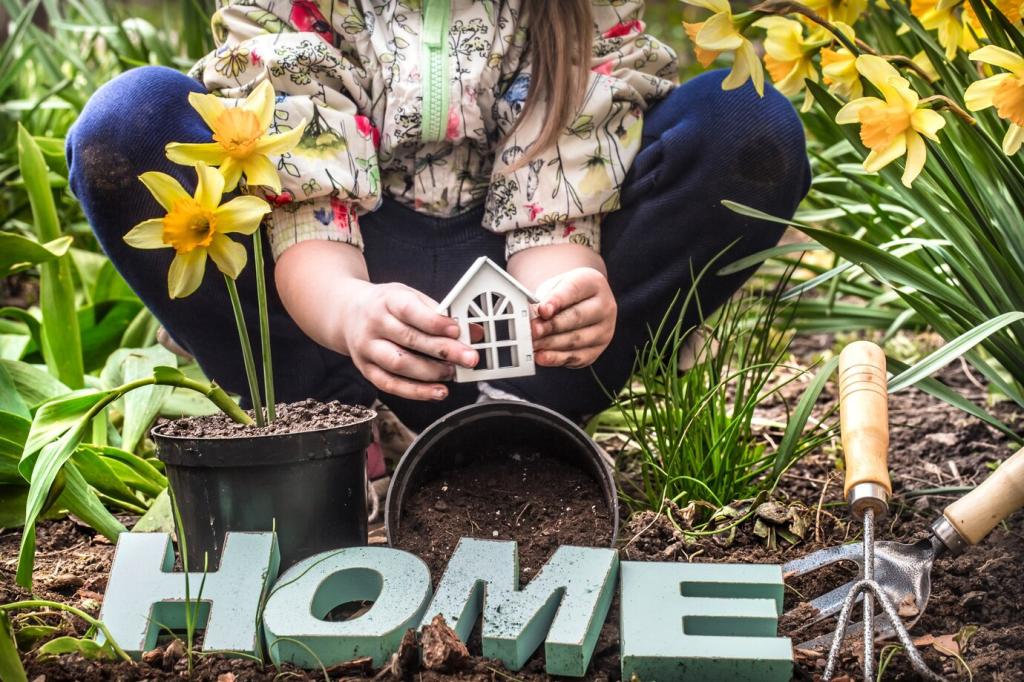Final Prep: Smooth, Feed, and Rest
Use a landscape rake to smooth the surface, then lightly roll with a water roller to firm the seedbed. Finish with a gentle rake to create shallow grooves that cradle seeds and improve germination chances substantially.
Final Prep: Smooth, Feed, and Rest
If your soil test shows low phosphorus and it’s allowed locally, apply a starter at label rate and work it into the top inch. Otherwise, postpone until seedlings establish. Share local rules if you’re unsure about compliance.









